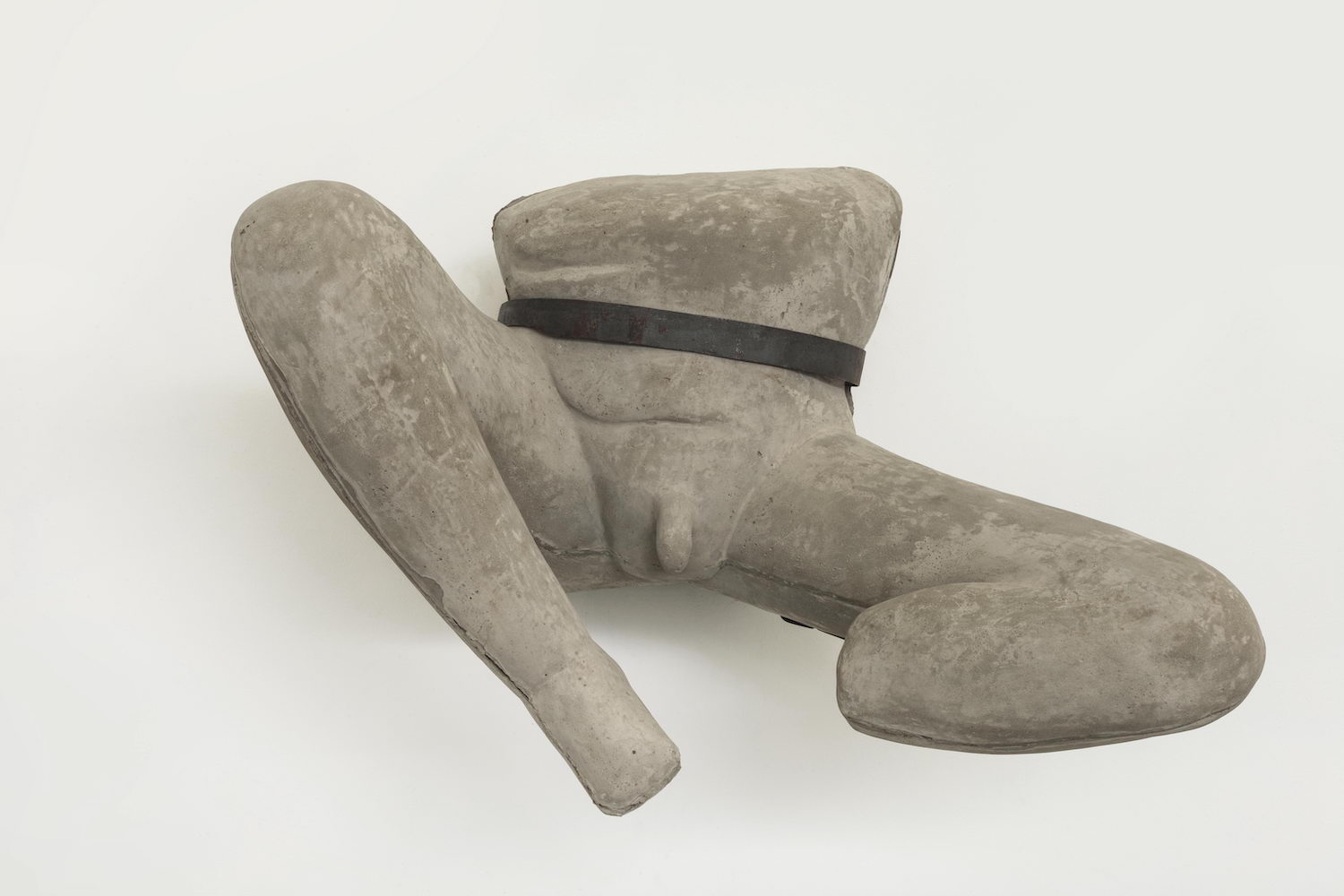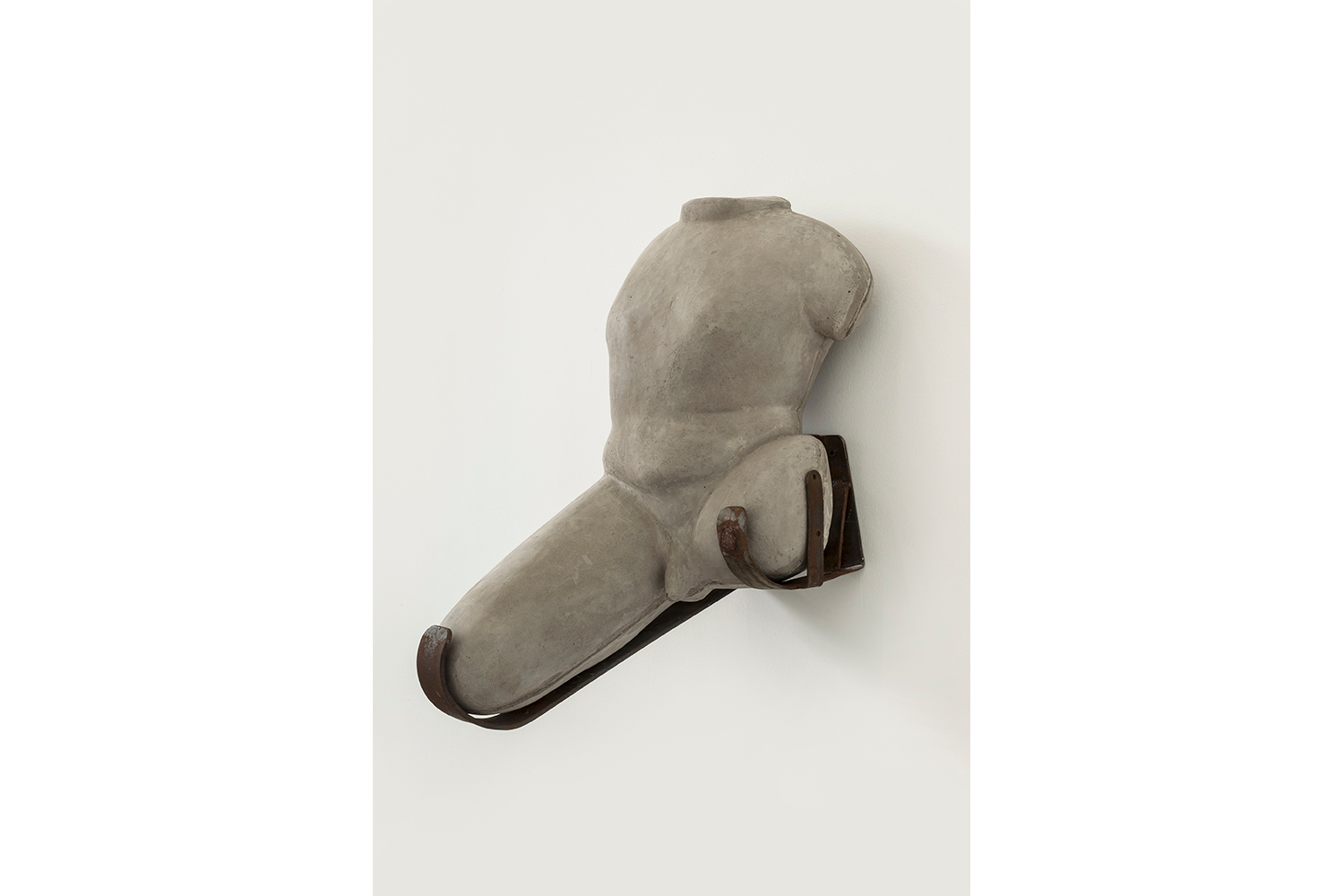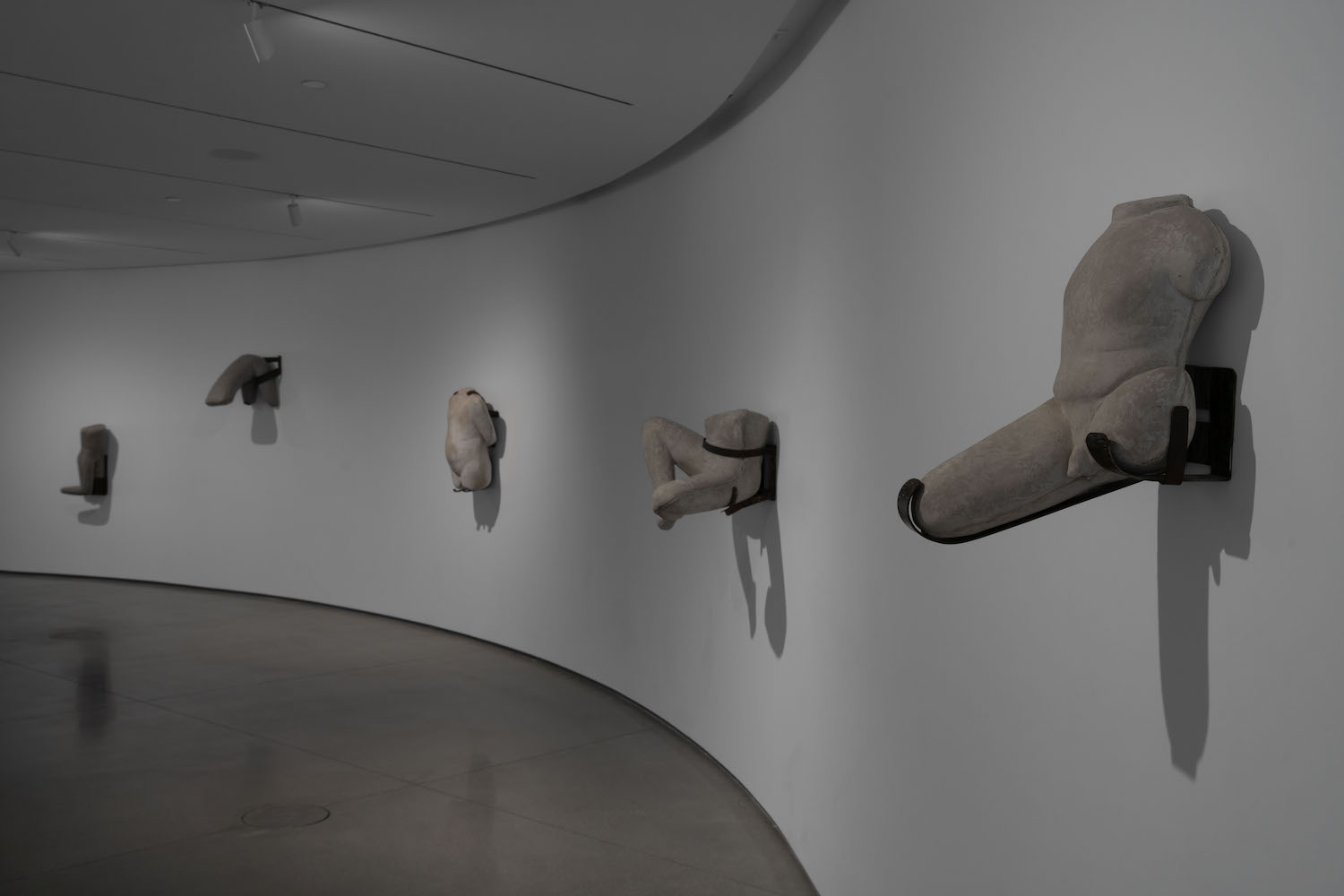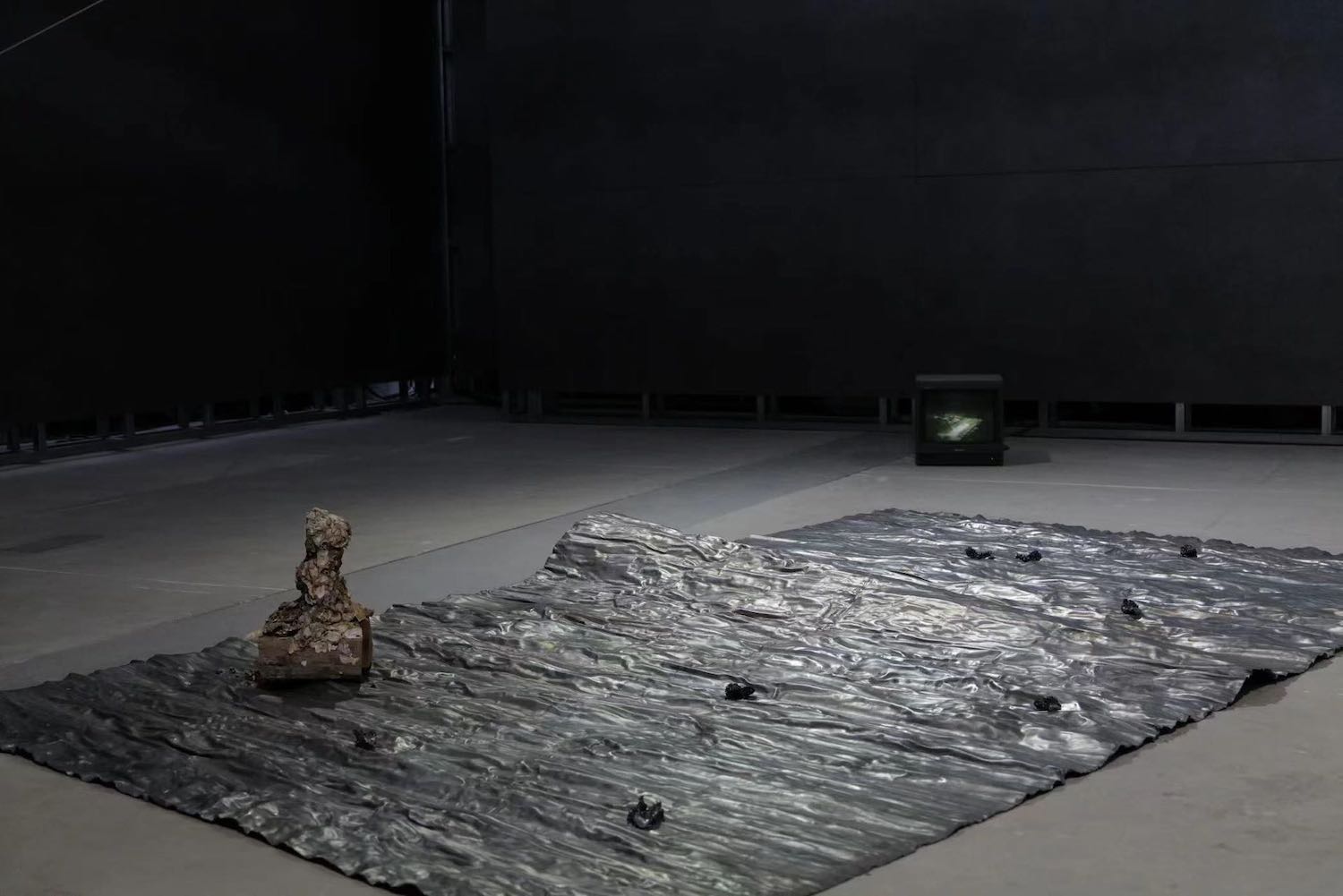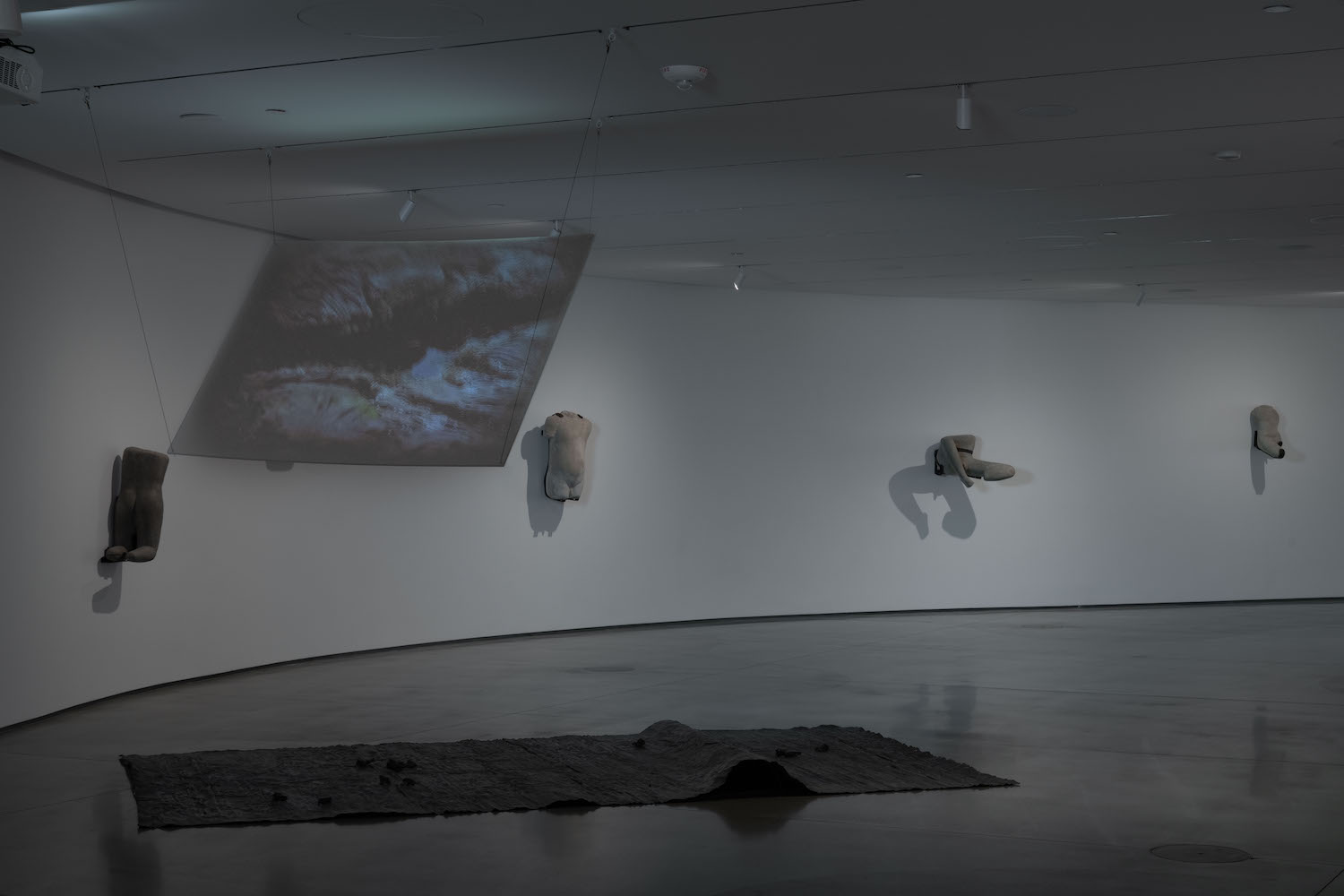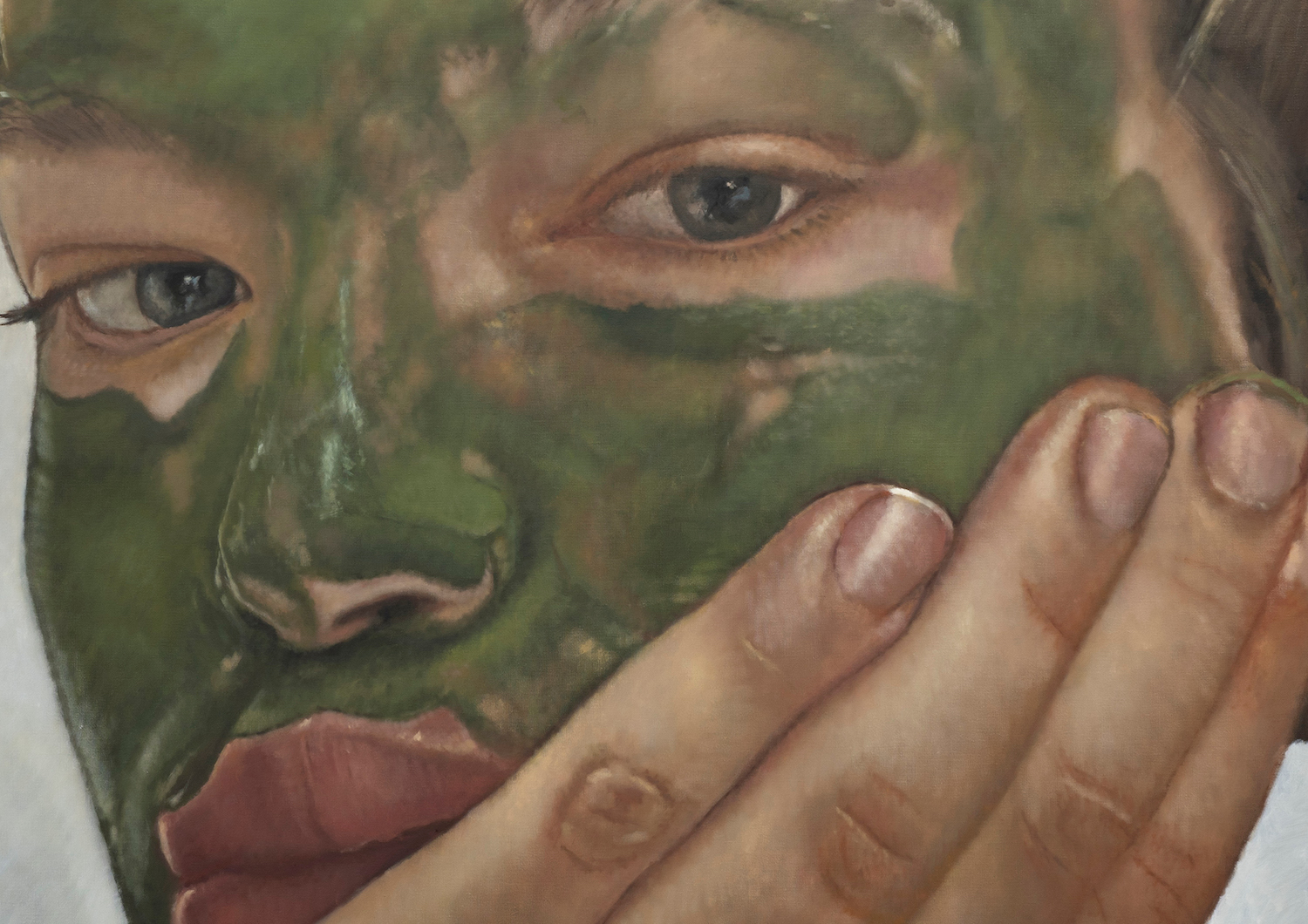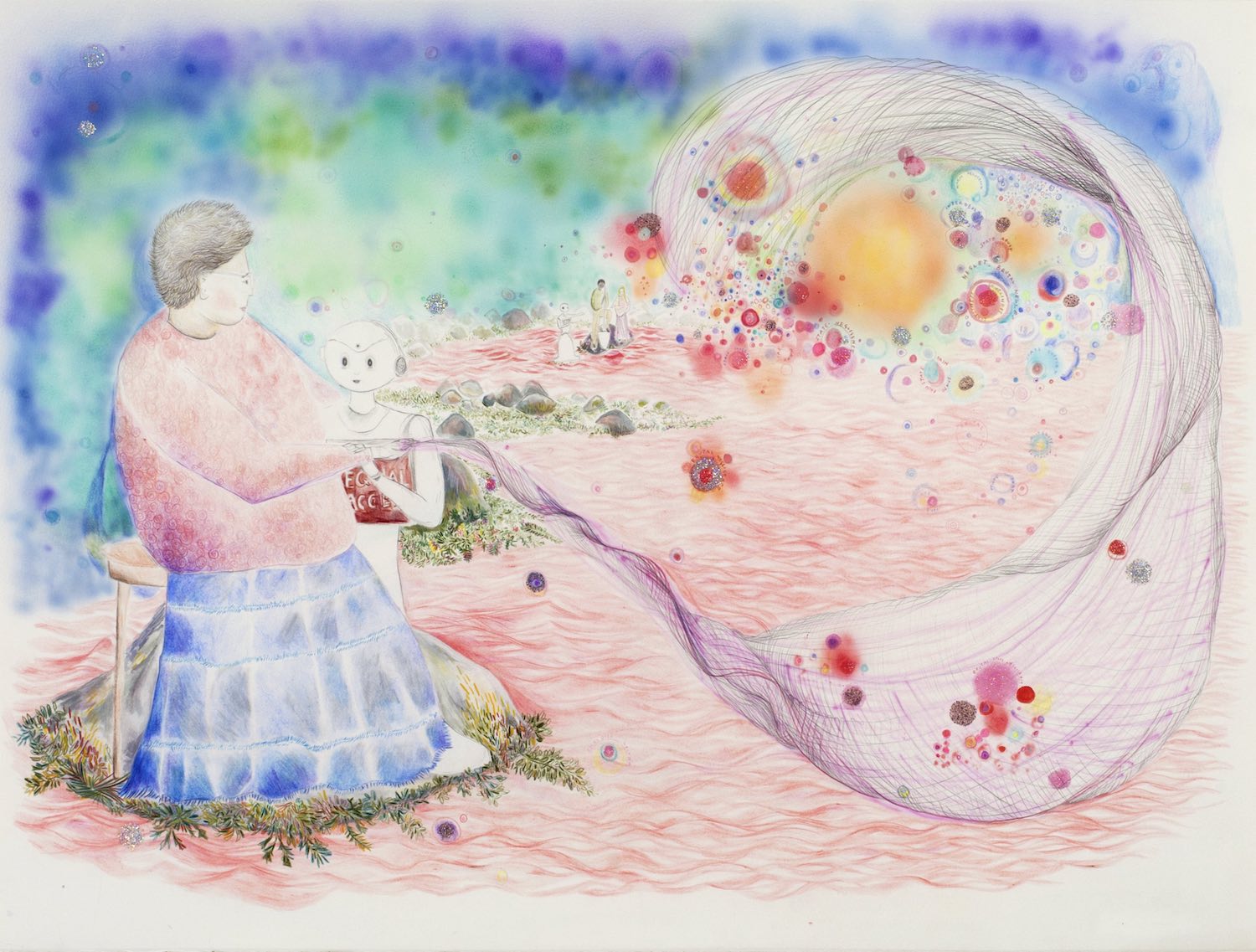Just as I was walking across the sloping exterior of the Orange County Museum of Art, I remembered that next week is the Chinese Ghost Festival, which falls on the 15th of July. Unlike Halloween, which allocates a single evening for the dead to roam free, the Ghost Festival offers an entire month during the height of summer. The timing was a simple yet fortuitous coincidence given that I was on my way to view Chinese artist Yu Ji’s multimedia installation “A Guest, A Host, A Ghost”. The title was inspired by Marcel Duchamp’s wordplay from a 1953 exhibition in which guests were given candies with the phrase written on the wrapper.
Stepping into the exhibition, I was first confronted with disembodied limbs and torsos, and an occasional penis, suspended in various configurations by steel armatures anchored to the walls. The tension between gravity and antigravity was immediately unnerving. Free-floating yet bound, weightless yet simultaneously trapped in the material, corporeal world: What is a ghost if not that?
The sculptures are interrupted by periodic images of landscapes and family photos printed onto curved plates of steel. The blurred face of a baby evokes the J-Horror classic Ringu (1998), particularly the warped photographs of victims of the film’s vengeful spirit. I was reminded of the cultural variances of ghosts. To the Judeo-Christian mythos of the Western imagination, a ghost follows a linear trajectory. As scholar Eve Tuck says in her text A Glossary of Haunting (2013): “This story arc has the same seduction as math, a solution to the problem set of injustice. The crux of the hero’s problem often lies in performing that mathematics. Chainsaw the phantom + understand the phantom = a return to the calm of our good present day.”
There is no resolving Yu Ji’s ghosts. By allotting room for their haunting, there’s an element of veneration. Consider a large cement head propped onto wooden stilts, its face frozen with a despondency so quiet it is almost tranquil.
According to Derrida, in order to tell a proper ghost story one must attempt to make absence present through materializations of invisibility, translucency, and transparency. Yu Ji’s ghost story is a spatial narrative: suspended above Half Peel Half Pulp III (2022) — a rippling sculpture made of lead, wood, natural barnacle, and copper — an inverted film loop of an industrial beach is projected onto a transparent sheet of plexiglass.
But as with any ghost, one must also consider the house in which it haunts. Upon stepping into the overly air-conditioned spaceship-interior of OCMA, an initially kind receptionist, noticing my notebook, asked if I was there on a class assignment. When she learned I was writing about the exhibition, her demeanor suddenly acquired a vague air of nervousness. When I entered the exhibition space itself, museum personnel approached and strictly forbade me from speaking to the staff or artist (who was not there). “And absolutely no flash photos.” Later, while taking a video (with flash off) of the static playing on a tiny, Poltergeist-esque VHS player, he came up to me again: “This is your final reminder that flash photography is prohibited.” Perplexed, I asked him if he saw any flash, to which he said nothing. Though strange, it didn’t feel entirely personal; I had noticed similarly schoolmarmish antics directed at other patrons. For a brief moment I wondered if the anally retentive behavior of the institution was actually some intricate form of performance art intended to lend the show an air of frigidity. But then I remembered — I was just in Orange County.

